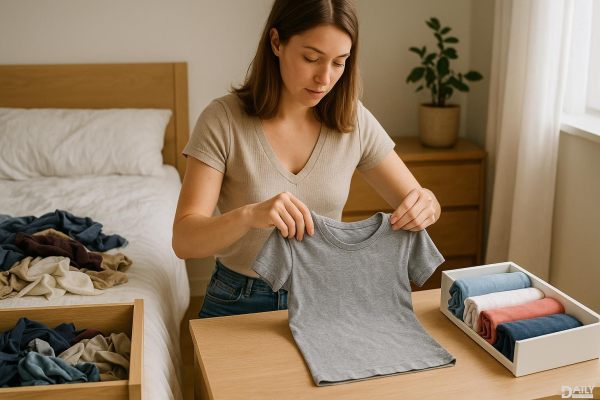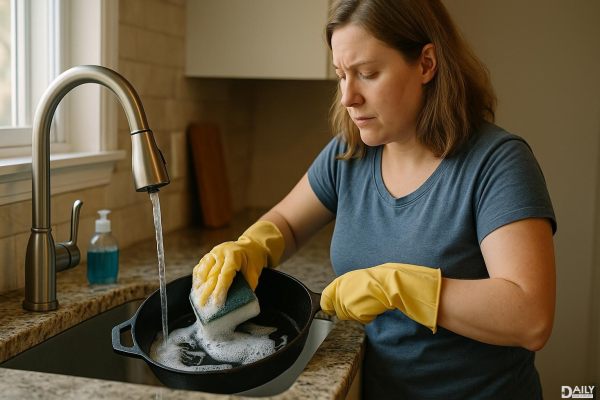Melatonin can be a helpful sleep aid for kids, but like any supplement, it comes with risks—especially when little ones mistake those tasty gummies for candy. My own family learned this the hard way when my 5-year-old downed nearly half a bottle in one go. While he was fine (thankfully), the experience made me rethink how we use melatonin in our household. If you're considering melatonin for your kids or already use it, understanding the benefits, risks, and best practices is key.
What Exactly Is Melatonin?
Melatonin is a hormone naturally produced by the pineal gland in the brain, primarily responsible for regulating sleep-wake cycles. When it gets dark, your body ramps up melatonin production, signaling that it’s time to wind down. For kids (and adults) struggling with sleep, supplemental melatonin can help reset those internal clocks—especially useful for jet lag, irregular schedules, or conditions like ADHD that often disrupt sleep patterns. But here’s the thing: while it’s sold over the counter, melatonin isn’t a vitamin or herb. It’s a bioactive compound, and that means dosing and timing matter way more than with, say, a chewable vitamin C.
Why Parents Turn to Melatonin
parenting often feels like a never-ending battle against sleep deprivation. Whether it’s a toddler who treats bedtime like a negotiable concept or a school-aged kid wired from screen time, melatonin can seem like a magic bullet. Many parents, myself included, appreciate that it’s a non-habit-forming alternative to prescription sleep aids. Pediatricians sometimes recommend short-term use for kids with diagnosed sleep disorders or neurodivergent conditions (like autism), where falling asleep can be a nightly struggle. But just because it’s “natural” doesn’t mean it’s risk-free—or that every child needs it.
The Scary Side of Melatonin Overdose
When my son scarfed down those gummies, my first thought was, “How toxic is this?” Poison control assured me that while melatonin overdoses rarely lead to serious harm, they can cause nausea, dizziness, or next-day grogginess. The bigger issue? The lack of regulation. A 2023 study found that some melatonin supplements contained up to 347% more melatonin than labeled—meaning even a “correct” dose could be way off. And because gummies look and taste like candy, accidental ingestion is a real danger. The CDC reported a 530% spike in pediatric melatonin poisonings between 2012 and 2021, with most cases involving kids under five. That’s why experts stress treating melatonin like medicine: locked up and administered carefully.
How to Use Melatonin Safely for Kids
If your pediatrician green-lights melatonin, here’s how to minimize risks: First, opt for tablets or liquids over gummies—they’re less appealing to snack on. Stick to the lowest effective dose (usually 0.5–1 mg for young kids) and give it 30–60 minutes before bedtime. Never use it as a first-line solution; prioritize sleep hygiene (consistent routines, screen-free wind-down time) instead. And always, always store it out of reach—preferably in a locked cabinet. After our gummy incident, I switched to a dissolvable tablet that my kids call “sleep medicine,” which helps reinforce that it’s not candy.
When to Skip Melatonin Altogether
Melatonin isn’t a cure-all, and some kids shouldn’t take it. Infants and toddlers under 3 should avoid it unless directed by a doctor—their sleep patterns are still developing. Kids with autoimmune disorders or migraines might experience worsened symptoms, and it can interact poorly with certain medications (like blood thinners or immunosuppressants). If your child’s sleep issues stem from anxiety or another underlying condition, melatonin might mask the problem rather than solve it. In those cases, behavioral therapy or addressing the root cause is a better bet.
Our melatonin mishap was a wake-up call—literally and figuratively. While it’s a useful tool, it’s not something to hand out casually. By treating it with the same caution as any medication, you can help your kids sleep safer and sounder. And if all else fails? There’s always the old-school method: bedtime stories and counting sheep.
























